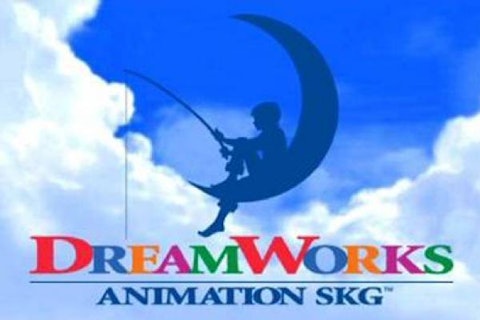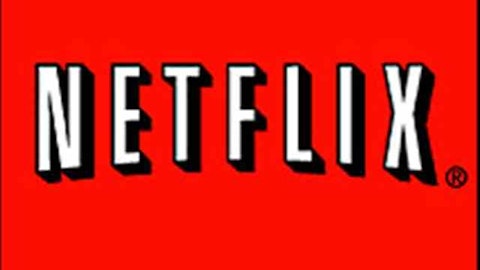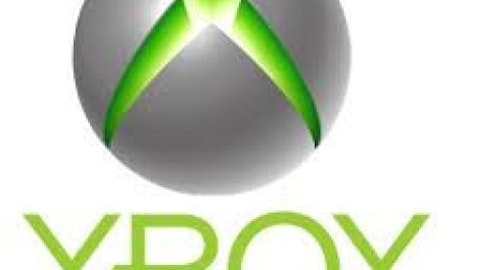Chances are if you have kids, or you’re just a kid at heart, you’re quite familiar with Dreamworks Animation Skg Inc (NASDAQ:DWA) . DreamWorks, an animated film company headed by CEO and co-founder Jeffrey Katzenberg, has delivered 25 films in total to date including the Shrek, Kung Fu Panda, and Madagascar series.
Last week, the company reported its fourth-quarter earnings results and, to be quite frank, it wasn’t its finest hour.

For the quarter, revenue jumped 21% to $264.7 million thanks in large part to the continued success of Madagascar 3: Europe’s Most Wanted, which contributed $95.2 million in post-box-office sales, and its library, which added an additional $63.4 million. Unfortunately, production costs more than doubled to $354 million and Dreamworks Animation Skg Inc (NASDAQ:DWA) reported a $0.98 quarterly loss.
Most of the blame lay with Rise of the Guardians, which cost $145 million to produce but only generated $302 million in sales, to date. All told, Rise of the Guardians cost DreamWorks $87 million in writedowns and will be the impetus that results in 350 full-time employees being laid off — about 15% of DreamWorks’ full-time staff.
Investors can take news like this in one of two ways: as a sign that DreamWorks has lost its luster, or as an incredible opportunity to invest in a rapidly evolving animation company.
How to train your portfolio
As you might guess by my analysis of DreamWorks and its CEO just last month, I see a lot of value in DreamWorks’ future based on the company’s past performance and its strength in leadership. As I noted previously, in spite of producing just 25 animated films, DreamWorks boasts four of the top 50 grossing movies of all time! To me this demonstrates that what DreamWorks is doing is more than just luck — it’s a reflection of workers having the right tools, and the company having the right talent, to get the job done right.
In a case of incredible timing, while on vacation in California last month, I received a call from Jeffery Katzenberg inviting me to tour DreamWorks’ five-building campus to get a better feel for what investments the company had made in terms of technology to streamline and improve its animations. Needless to say, the technology and software upgrades being utilized by DreamWorks helped build up my overall image of the company from just a rear-looking success story to one that looks primed for success moving forward.
Rise of the technology
My guided tour through DreamWorks’ campus hit on many points, from the theater to animation aspects, even stopping off at the company’s data center. Below, I’ll attempt to share some of my key takeaways from my experience at DreamWorks.
Source: Sean Williams.
But before we jump headfirst into what makes DreamWorks tick, I think a brief overview of the production process itself will help shed some light on the challenges a company like DreamWorks faces on a daily basis, and how it’s investing heavily now in newer technologies to overcome those obstacles.
According to Kate Swanborg, DreamWorks’ technology executive and head of enterprise marketing — my “question answerer extraordinaire” over the course of two hours — each animation takes approximately five years to make, involves an average investment of $130 million, requires about 200 terabytes of storage space, and includes 60 million to 80 million render hours! In spite of these impressive tallies, only 3-5 seconds of animation are produced in a given week. This might seem painstakingly slow from a numbers perspective, but it’s a requirement if DreamWorks hopes to keep its competitive edge over Disney‘s Pixar.
At the heart of DreamWorks’ transformation is a completely revamped hardware and software system capable of giving developers at any stage of the production process almost instant feedback.
On the hardware side, DreamWorks began partnering with Hewlett-Packard Company (NYSE:HPQ) as early as 2001. Since then, it’s built on this partnership to include a full line of Z800 and Z820 workstations with 100 gigabytes of RAM. Previous workstation models weren’t allowing employees to fully utilize the memory and processing capacity of HP’s workstations, which ultimately held them back. That isn’t the case with the newer models, which are more fully utilizing the upgraded processing and memory capacity and translating into more efficiently produced films.
On the software side, DreamWorks shifted away from Emo software to the considerably more user-friendly Primo software. Primo allows DreamWorks’ animators to seamlessly turn their imagination loose with the end result being instant feedback that wasn’t available with Emo’s software.
Source: Sean Williams.
Combining the two processes are 20,000 CPU cores in one of its three big data centers — one of which is pictured below in Glendale, Calif.
Source: Sean Williams.
These data centers allow for scalable multicore processing and brought DreamWorks screaming into the 21st century by making all of its data cloud-enabled. If you want to be brutally simple, computer-generated animation is a massive collection of data, and DreamWorks’ new software and huge data center investments have made it such that any person in the production process can gain access to, or provide feedback on, a developing animation from any desktop, anywhere! In fact, about 20% of all rendering nowadays is done offsite! This combination of new hardware and software has put the ball back in the animators’ courts.
Another separating factor for DreamWorks is its reliance on 3-D technology. Although 3-D televisions failed to take off as expected in consumer households, the 3-D experience in the movie theater remains a traffic driver. DreamWorks, rather than relying on previous animation techniques in the 1990s that superimposed 3-D on moviegoers in the theater, produces all of its movies in 3-D from the start which creates a richer (and non-nauseating!) movie from start to finish.
The prince of DreamWorks
As a truly exceptional conclusion to my technology-focused tour, I was able to spend 15 minutes chatting with CEO and co-founder Jeffrey Katzenberg.
Source: Sean Williams.
As you might imagine, we spoke briefly about the various technologies that were introduced over the past couple of years, but I had two more pressing questions that technology wizard Kate Swanborg and I didn’t touch on.
To begin with, I was curious about Katzenberg’s views on how mobile computing may transform his business and what actions his company might be taking to prepare for the transition. To that end, Katzenberg expounded that “It’s our future. It’s a valuable new form of expression that will completely repurpose intellectual property and our characters.”
One of the more intriguing moments of our conversation on the ongoing mobile transformation revolved around his view of how we may pay for content in the future:
Ten years from now [similar to how consumers in India watch content on their mobile phones] we might be paying for content by the square inch. For instance, watching a movie on a mobile phone may cost $0.69; on a tablet, perhaps $0.99. If you watch that same movie on a 60-inch television, it might cost $4.99. It’s a revolutionary time for how content is made available.
As you might imagine, Katzenberg and I also got on the subject of my article highlighting him as an incredible CEO. I asked him to expand a bit on what provoked him to supply such amazing perks to his employees. Katzenberg had this to say:
If people are in love with their work, and you give them the best tools available and surround them with a healthy environment, and celebrate their accomplishments and milestones, then we all win! Many of these people here are 29 years old and they’re not looking out for their health. It’s our job to do that for them, because keeping them healthy is good business.
And this is precisely why I highlight exceptional CEOs on a weekly basis — to bring proactive-thinking leaders to investors’ attention.
The Crood reality
Before my tour, I had a respect for DreamWorks and understood that its past dealings had made the company successful. When I left, I better understood how the company has completely transformed its business and positioned itself for long-term success.
Dreamworks Animation Skg Inc (NASDAQ:DWA) laid the groundwork for its in-home and marketing successes over the last couple of years, which should give it an edge over Disney’s Pixar in the long run. In 2011 it signed a streaming content deal with Netflix, Inc. (NASDAQ:NFLX) , the king of streaming content, to bring its animations into family households. More recently, Netflix and DreamWorks announced they’d be teaming up to introduce a new children’s series known as Turbo: F.A.S.T and modeled after its CG animation Turbo due out later this year.
In terms of advertising, DreamWorks snagged McDonald’s Corporation (NYSE:MCD) , the world’s largest restaurant chain and arguably one of the most recognizable brands globally, to an exclusive 10-year deal in 2007, ending Disney’s 10-year partnership with the brand. In return for in-store promotion of its upcoming animations, DreamWorks supplies McDonald’s with co-branded marketing materials and videos.
The next big test for Dreamworks Animation Skg Inc (NASDAQ:DWA) comes in less than three weeks when it releases The Croods. If history serves as any indicator, and based on the innovations I was shown, I fully expect this movie to be a success.
The article DreamWorks Animation: Where Innovation and Imagination Collide originally appeared on Fool.com.
Fool contributor Sean Williams has no material interest in any companies mentioned in this article. You can follow him on CAPS under the screen name TMFUltraLong, track every pick he makes under the screen name TrackUltraLong, and check him out on Twitter, where he goes by the handle @TMFUltraLong.The Motley Fool owns shares of Disney, Netflix, and McDonald’s. Motley Fool newsletter services have recommended buying shares of McDonald’s, DreamWorks Animation, Netflix, and Disney.
Copyright © 1995 – 2013 The Motley Fool, LLC. All rights reserved. The Motley Fool has a disclosure policy.









